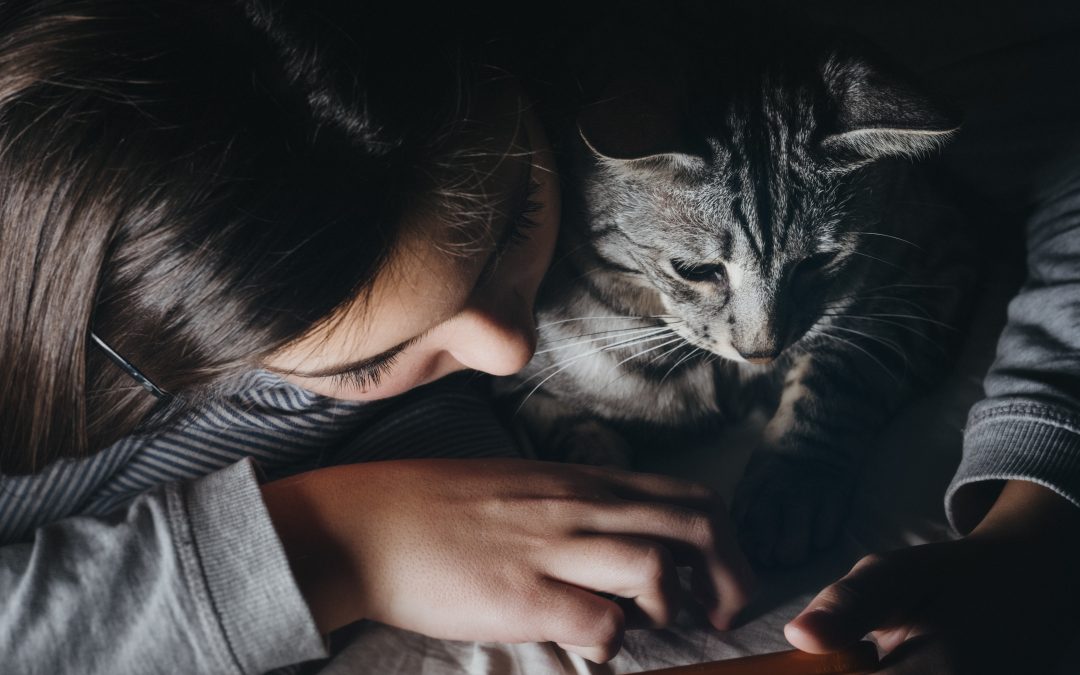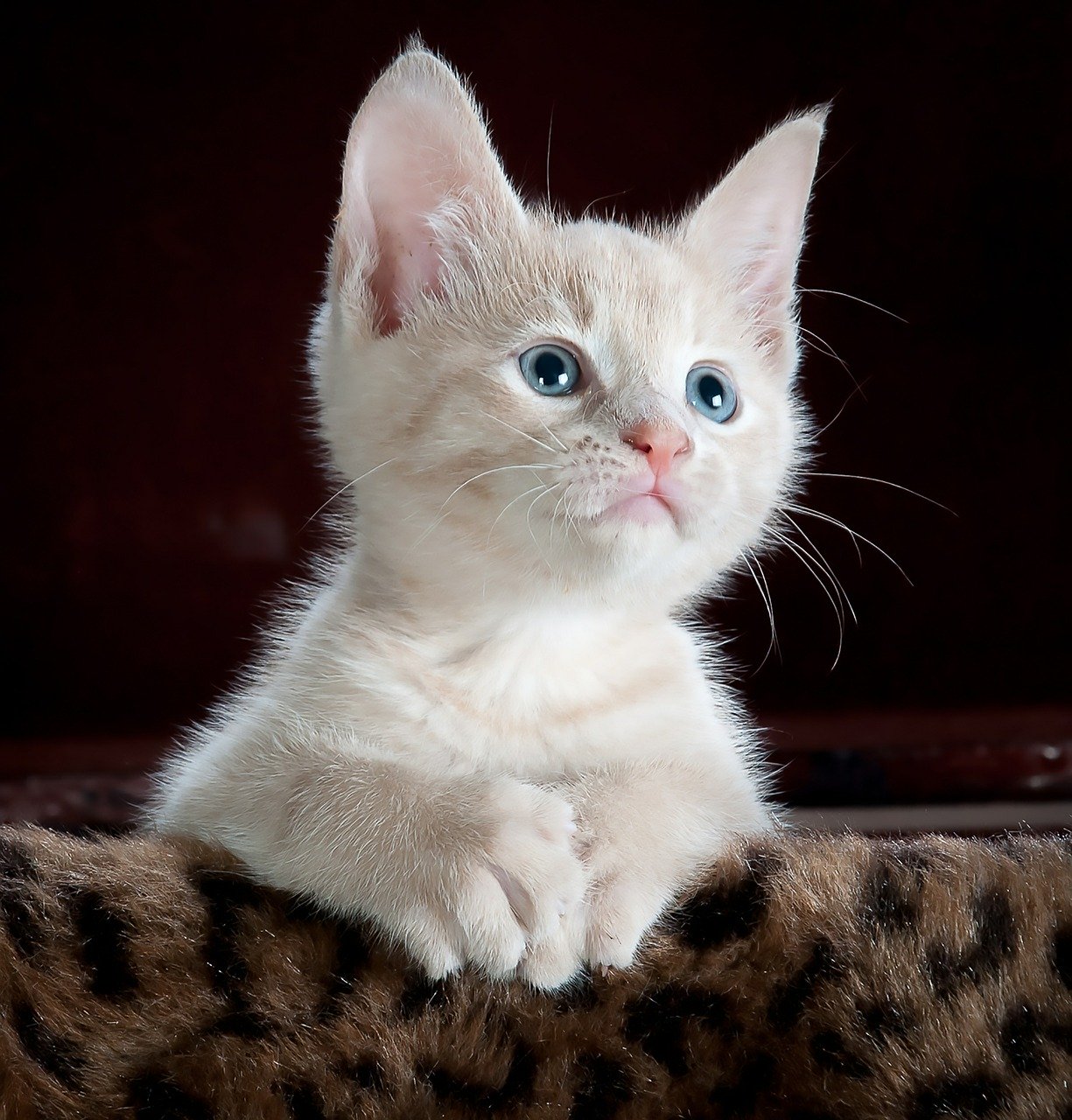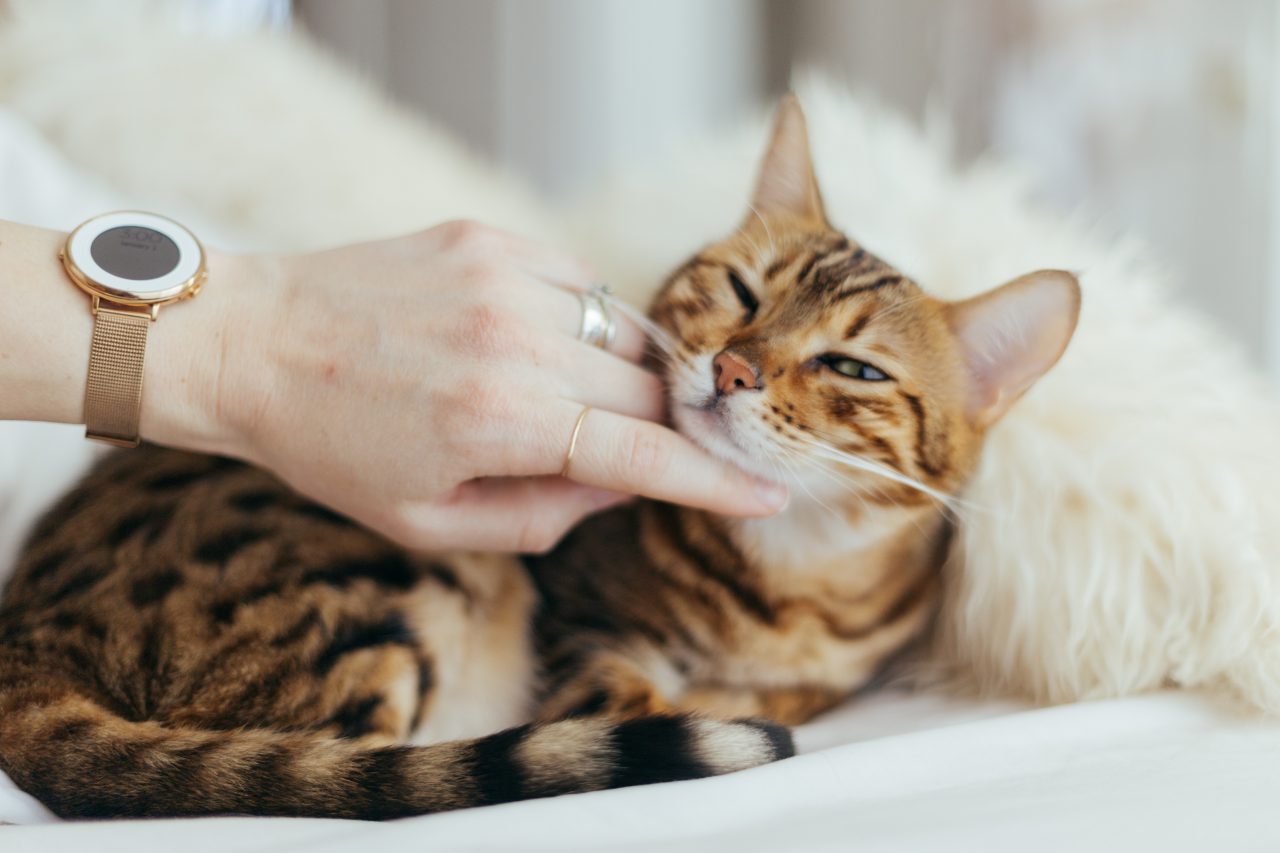
Diabetes is a condition that occurs when a cat doesn’t produce enough insulin to balance their blood sugar. Diabetes is a very serious medical condition that can result in death if not properly treated and managed.
Warning Signs

Diabetes is a serious condition, so it’s important for pet owners to understand the warning signs that may present in cats with the disease. If your cat is showing any of these warning signs, you should make an appointment with your vet right away.
- Unexplained weight loss
- Vomiting
- Diarrhea
- Loss of appetite
- Ravenous appetite
- Excessive urination
- Increased thirst
- Problems walking
- Increased lethargy
- Dull or dry coat
Some combinations of these symptoms can also be caused by other conditions, so it’s important to have your cat diagnosed by a vet, if you suspect your cat is displaying symptoms of diabetes.
Though any cat can develop diabetes, the cats at higher risk are:
- Overweight cats
- Cats that eat high-carb diets (usually dry cat food)
- Burmese cats
- Neutered male cats
- Cats eight years old and older
If your cat is in the high-risk group, it’s even more critical for you to pay attention to possible warning signs of diabetes in your cat and talk to your vet right away if you notice any potential issues. If your cat is at higher-risk of developing diabetes, you should talk with your vet about the best ways to support your cat’s health and the steps you can take to reduce your pet’s chances of developing diabetes. Your vet may recommend such simple steps as helping your cat get more exercise, or managing your cat’s diet through different food or reduced calorie intake.
Diagnosing
If you suspect your cat may have diabetes, you’ll need to schedule an appointment with your vet right away. The first step will be to test your cat’s urine. If your cat has elevated glucose and ketones present, then your vet will confirm the diagnosis with blood tests. If your cat has elevated glucose in both blood and urine, a diagnosis of diabetes will be confirmed.
Treatment

If your vet confirms your cat has diabetes, treatment will need to begin immediately. The first thing your vet is likely to look at will be your cat’s diet. You will need to manage their food and treats more carefully. Your vet might also recommend a different type of food and/or a new feeding schedule to better manage spikes in your cat’s blood sugar.
Next, your vet will determine the level of insulin needed to keep your cat’s glucose levels in a normal range. Your cat will require regular monitoring of their glucose levels to establish the correct dosage. You will also need to keep a close eye on your cat’s water and food intake, activity levels, and urination frequency while your vet is determining the best insulin dosage level for your cat’s long-term needs.
Moving forward, you will have to monitor and control your cat’s blood sugar levels with regular blood tests and daily insulin injections. Though the idea of giving your cat an injection may be daunting, your vet will instruct you on the best way to give your cat the injections. Once you get the process down, it will become routine.
With proper treatment, some cats can go into remission with their diabetes. When a cat is in remission, they don’t require regular insulin injections. Some cats can stay in remission for months or years. However, you will need to continue to take your cat to the vet for regular blood tests to detect any future changes in blood glucose levels.
There is no cure for diabetes at this time, but the condition can be managed to give your cat a long, healthy life.
Consequences of Improper Management

Ignoring the warning signs of diabetes in your cat or failing to properly manage your cat’s condition after diagnosis can lead to some other potentially fatal conditions, including:
- Diabetic ketoacidosis
- Hyperglycemic Hyperosmolar Nonketotic Syndrome
- Hypoglycemia
- Urinary tract infections
- Hypertension
These conditions, in addition to diabetes, can result in permanent, long-term damage to your cat’s health if your cat isn’t given timely treatment. Sometimes, these conditions can even lead to death. That’s why it’s so important to proactively manage your cat’s health conditions and ensure your cat is getting the proper treatment to help them maintain good glucose levels and overall good health.
If your cat has been diagnosed with diabetes, you are probably concerned about how to keep your feline friend happy and healthy. The good news is, after you get through the initial phases of testing and treatment to get to the correct medication levels, managing your cat’s diabetes should be relatively simple. Working together with your vet, you can ensure your diabetic cat enjoys a high-quality life with a normal lifespan.


